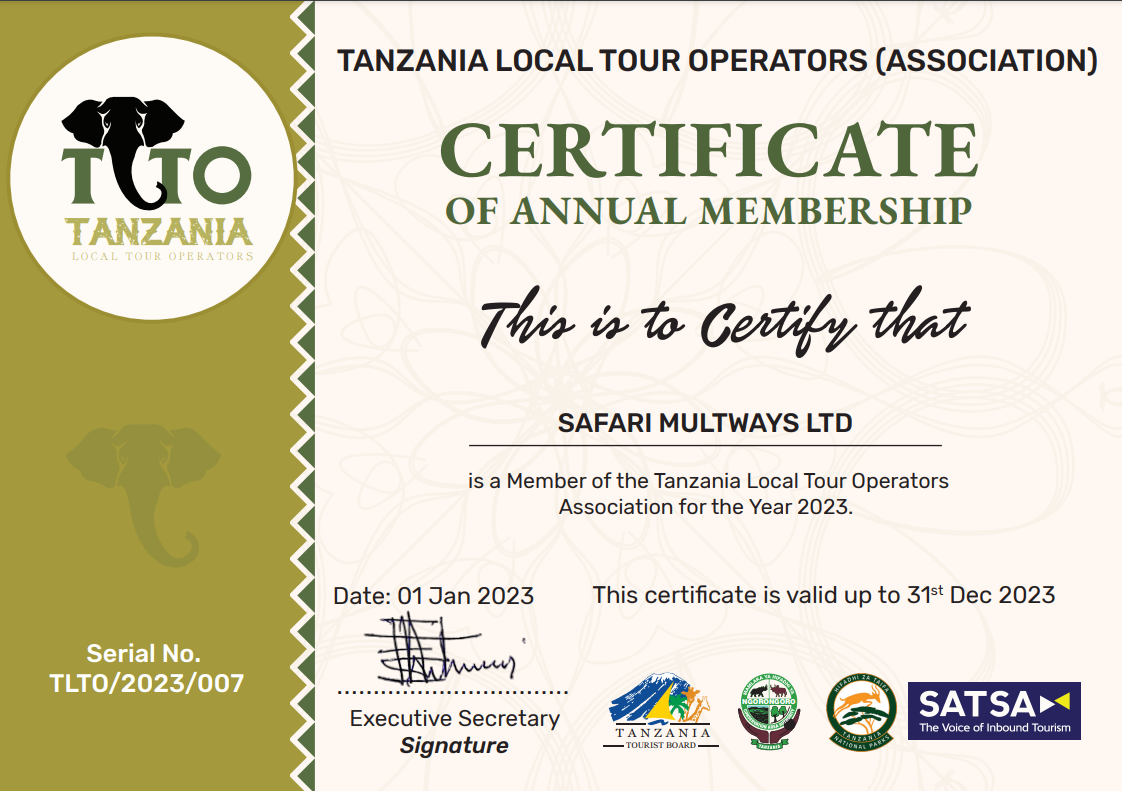Risks of Scaling Kilimanjaro: A Professional Perspective
The Dangers of Climbing Mount Kilimanjaro
Scaling the majestic Mount Kilimanjaro, the highest peak in Africa, is a dream for many adventure enthusiasts. However, the ascent to the summit is not without its risks. As professional guides who have led countless climbers to the top of this iconic mountain, we feel it is important to shed light on the potential dangers involved in this endeavor.
One of the biggest risks of climbing Mount Kilimanjaro is altitude sickness. The rapid ascent from the lush rainforest base to the barren alpine desert can cause a lack of oxygen in the body, leading to symptoms such as headaches, nausea, and fatigue. In severe cases, altitude sickness can escalate to high altitude pulmonary edema (HAPE) or high altitude cerebral edema (HACE), which can be life-threatening if not treated promptly.
Extreme weather conditions also pose a significant risk to climbers on Mount Kilimanjaro. The mountain is known for its unpredictable weather patterns, with temperatures ranging from scorching heat to freezing cold. Sudden storms can bring heavy snowfall and high winds, making the already challenging climb even more treacherous.
Another danger climbers face on Mount Kilimanjaro is physical exhaustion. The ascent to the summit is a grueling trek that requires stamina, strength, and mental fortitude. The high altitude, steep inclines, and rocky terrain can take a toll on even the fittest of individuals, leading to fatigue, muscle cramps, and injuries.
Insights from Experienced Guides
Having guided numerous climbers to the summit of Mount Kilimanjaro, we have gained valuable insights into the risks associated with this expedition. Our experience has taught us the importance of proper preparation, acclimatization, and adherence to safety protocols to ensure a successful and safe climb.
One of the key factors in mitigating risks on Mount Kilimanjaro is acclimatization. Climbers must allow their bodies time to adjust to the high altitude by taking frequent breaks, staying hydrated, and listening to their guides’ advice. Slow and steady progress is crucial in preventing altitude sickness and ensuring a successful summit bid.
Proper gear and clothing are essential for staying safe on Mount Kilimanjaro. Climbers should invest in high-quality hiking boots, warm layers, and waterproof outerwear to protect against the harsh weather conditions. Additionally, carrying essential items such as a first aid kit, snacks, and a headlamp can be lifesaving in case of emergencies.
Choosing a reputable guide service is also crucial in reducing risks on Mount Kilimanjaro. Experienced guides with in-depth knowledge of the mountain’s terrain, weather patterns, and safety protocols can make all the difference in ensuring a safe and successful climb. Climbers should do their research and select a guide service with a proven track record of safety and professionalism.
In conclusion, climbing Mount Kilimanjaro is a challenging and rewarding experience, but it is not without its dangers. By being aware of the risks involved, properly preparing for the climb, and following the guidance of experienced guides, climbers can increase their chances of reaching the summit safely. Remember, the mountain will always be there, but your safety should always come first.



